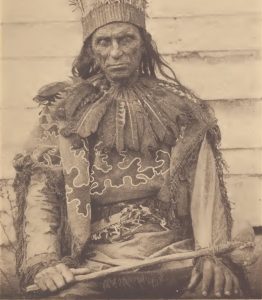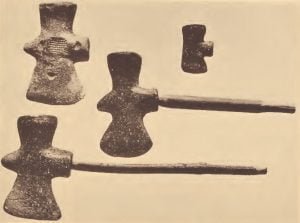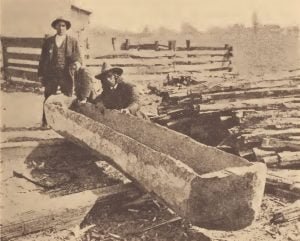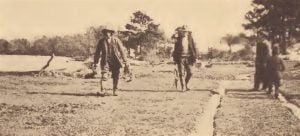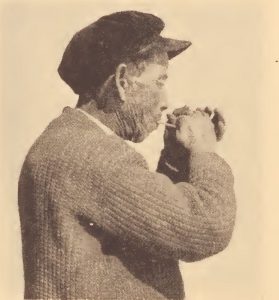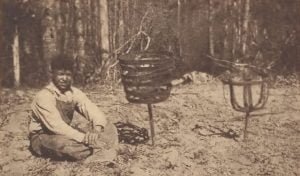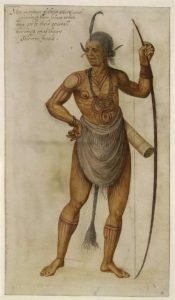Powhatan Featherwork
We now come to what is perhaps the most interesting topic in the material life of the southern tribes, the woven feather technique. An art so ancient and so elaborate can hardly be expected to have persisted from colonial times down to the present day where the process of deculturation among the conquered tribes has gone so far. But surprising as it is, the Virginia Indians have not entirely forgotten, nor even lost, the art of weaving feathers into the foundation of textile fabrics. The antiquity of the woven-feather technique is attested by virtually all the authors of the old … Read more

